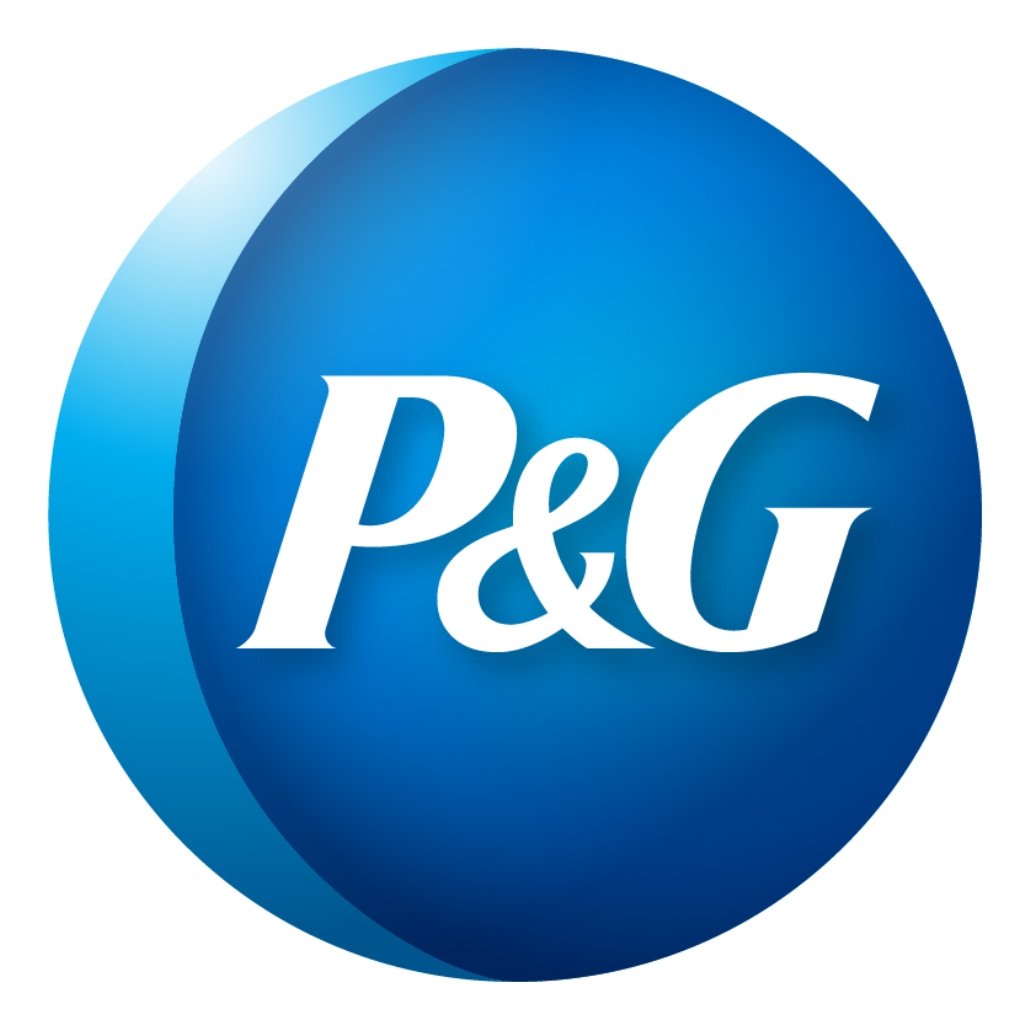

Procter & Gamble Co. (NYSE: PG) released its most recent quarterly results before the markets opened on Tuesday. The company posted $1.19 in earnings per share (EPS) and $17.4 billion in revenue, compared with consensus estimates from Thomson Reuters that called for $1.14 in EPS on revenue of $17.39 billion. The same period of last year reportedly had EPS of $1.08 and $16.86 billion in revenue.
During the quarter, the company tallied a provisional net charge of $628 million related to the Tax Cut and Jobs Act, comprised of an estimated repatriation tax charge of $3.8 billion (comprised of the U.S. repatriation taxes and foreign withholding taxes) and a net deferred tax benefit of roughly $3.2 billion.
P&G reported its quarterly results for its business segments as follows:
- Beauty segment organic sales increased 9% to $3.23 billion.
- Grooming segment organic sales decreased 3% to $1.78 billion.
- Health Care segment increased organic sales 4% to $2.21 billion.
- Fabric and Home Care segment organic sales increased 3% to $5.43 billion.
- Baby, Feminine and Family Care segment organic sales decreased 1% to $4.61 billion.
Looking ahead to the fiscal 2018 full year, the company expects to see core EPS up 5% to 8%, compared to in 2017. P&G also expects all-in sales growth of about 3% in the same time. The consensus estimates call for $4.18 in EPS and $67.05 billion in revenue for the 2018 fiscal year.
David Taylor, board chair, president and chief executive, kept it short and sweet:
We accelerated organic sales growth and delivered strong productivity cost savings and cash flow. We remain on track to achieve our fiscal year objectives.
Shares of Procter & Gamble traded down about 3% at $89.18 early Tuesday, with a consensus analyst price target of $93.84 and a 52-week range of $85.42 to $94.67.
Essential Tips for Investing: Sponsored
A financial advisor can help you understand the advantages and disadvantages of investment properties. Finding a qualified financial advisor doesn’t have to be hard. SmartAsset’s free tool matches you with up to three financial advisors who serve your area, and you can interview your advisor matches at no cost to decide which one is right for you. If you’re ready to find an advisor who can help you achieve your financial goals, get started now.
Investing in real estate can diversify your portfolio. But expanding your horizons may add additional costs. If you’re an investor looking to minimize expenses, consider checking out online brokerages. They often offer low investment fees, helping you maximize your profit.
Thank you for reading! Have some feedback for us?
Contact the 24/7 Wall St. editorial team.



